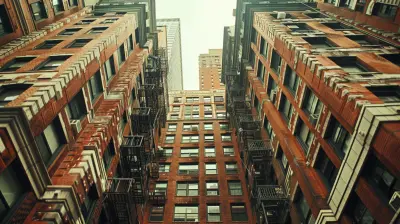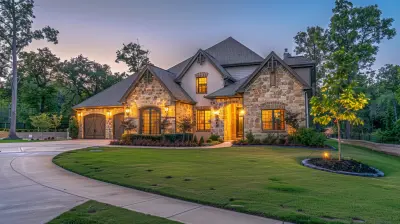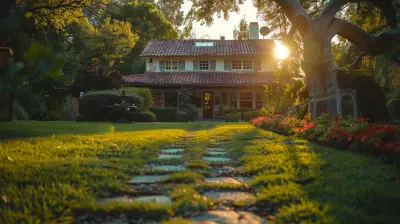Affordable Housing and Eco-Friendly Living: Can They Coexist?
10 October 2025
When we talk about affordable housing and sustainable living, most people assume the two concepts are on opposite ends of the spectrum. After all, eco-friendly homes often come with higher price tags due to the cost of materials, cutting-edge technology, and energy-efficient upgrades. But is it really impossible for these two ideals to coexist?
The good news is that we're seeing a shift. Sustainable housing is no longer reserved for the wealthy. With advancements in technology, smarter construction techniques, and a growing demand for green homes, eco-friendly living is becoming more accessible. So, let’s dive in and see how affordability and sustainability can go hand in hand in housing. 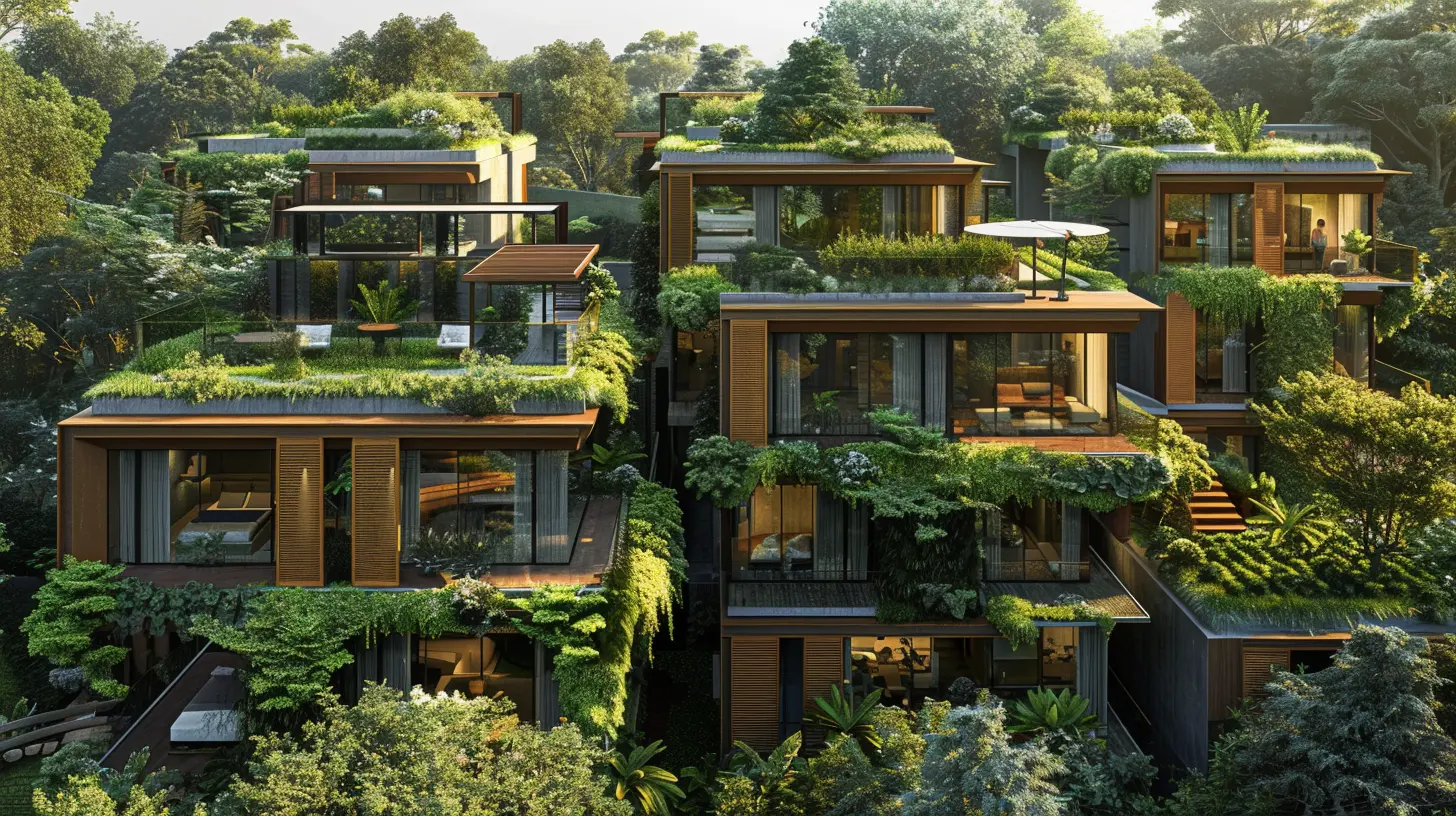
What Is Affordable Housing?
Affordable housing refers to homes that are reasonably priced, particularly for individuals or families with lower to middle incomes. According to housing experts, affordability means that monthly housing costs (rent or mortgage) should not exceed 30% of a household's income.The goal of affordable housing is to ensure that everyone has a safe and stable place to live without financial strain. It can take many forms—government-assisted housing programs, tiny homes, modular units, and cooperative housing developments.
Why Is Affordable Housing Important?
Without access to affordable housing, people may be forced to live in substandard conditions, commute long distances to work, or even experience homelessness. Affordable housing helps communities grow by:- Providing stability for families
- Improving economic mobility
- Reducing homelessness
- Strengthening local economies
But can we make these homes sustainable without drastically increasing their cost? Let’s find out. 
What Does Eco-Friendly Living Mean?
Eco-friendly living is all about reducing our environmental impact. It includes everything from energy-efficient homes and renewable energy to sustainable materials and water conservation. When applied to housing, it means designing and building homes that:- Use less energy and water
- Incorporate renewable energy sources
- Utilize sustainable and recycled materials
- Minimize waste and pollution
Eco-friendly homes are not just good for the environment; they also lower utility bills and create healthier living spaces. However, the perception that green homes are expensive is one of the biggest barriers to making them mainstream. 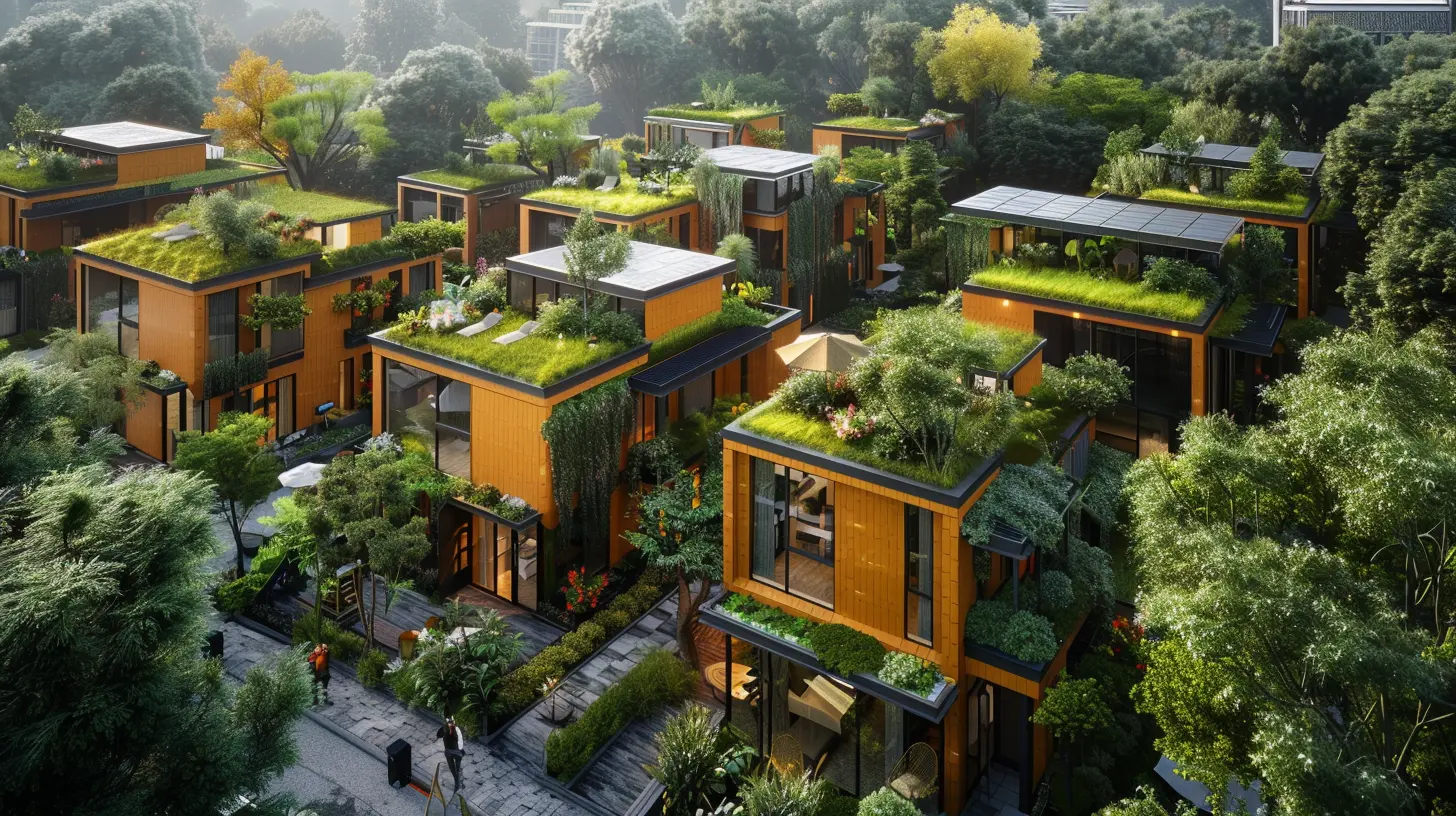
The Common Barriers to Combining Affordability and Sustainability
Merging affordability with sustainability is tricky, but not impossible. Some of the biggest challenges include:1. High Initial Costs
Sustainable materials, energy-efficient appliances, and green technology can come with a higher upfront cost. Many builders hesitate to invest in sustainability because it's seen as increasing development costs.2. Limited Awareness & Education
Without proper knowledge, many homebuyers and even developers assume that sustainable housing is out of reach financially. The benefits of eco-friendly homes—such as lower utility bills and long-term savings—aren't always widely understood.3. Zoning & Building Regulations
Some areas have strict zoning laws that make it difficult to implement sustainable designs or alternative housing solutions like tiny homes or modular buildings.4. Financing Challenges
Traditional mortgage lenders may not always consider energy efficiency or sustainability as factors in home valuations, making it harder for people to secure funding for eco-friendly homes.But here’s the thing—these hurdles aren’t deal breakers. There are plenty of ways to make housing both affordable and sustainable. 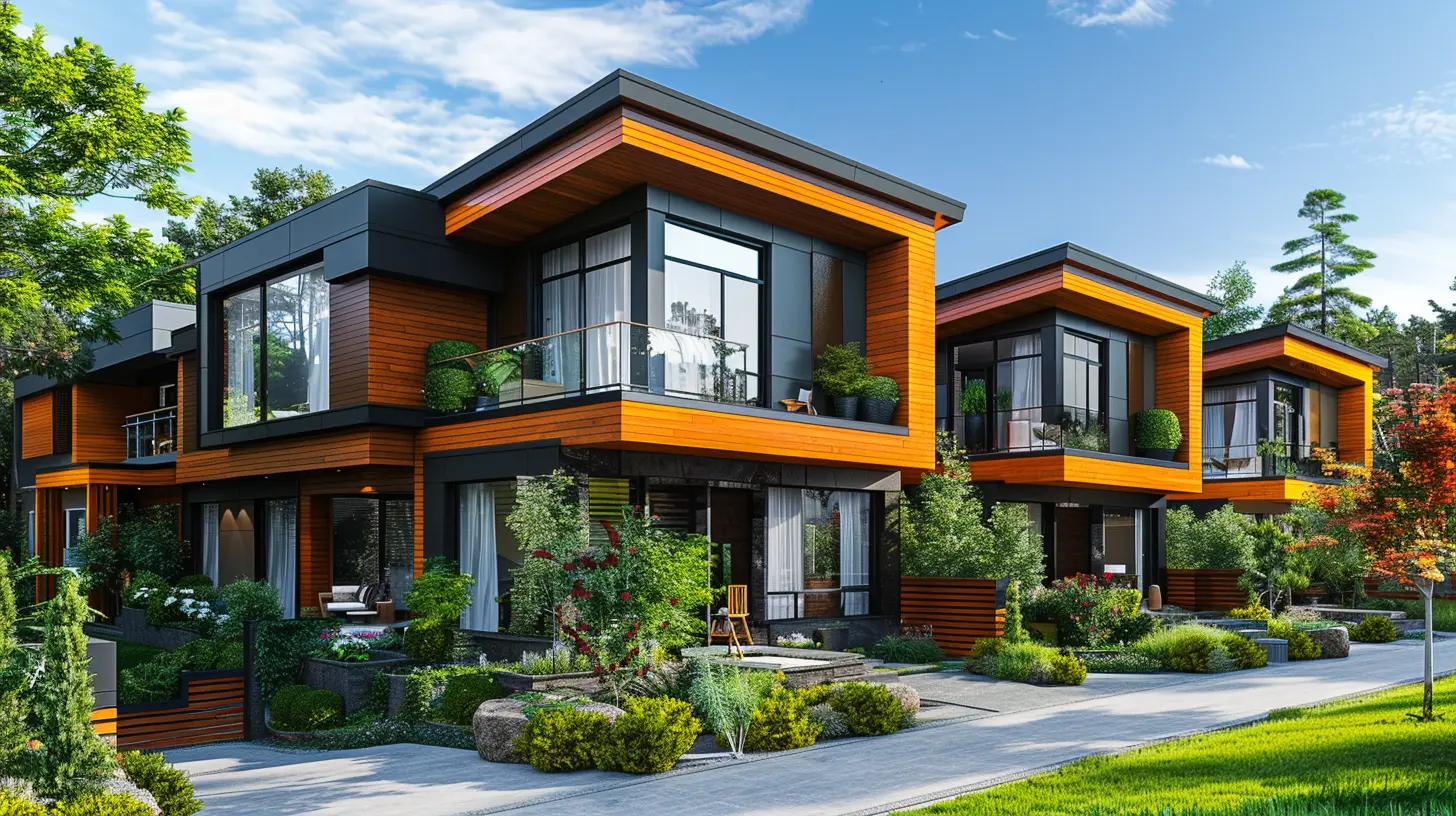
Bridging the Gap: How Can Affordable and Eco-Friendly Housing Work Together?
If done right, sustainable housing doesn’t have to break the bank. Here are some key ways we can make housing both affordable and eco-friendly:1. Using Cost-Effective, Sustainable Materials
One of the biggest myths about green homes is that they require expensive materials. In reality, there are plenty of budget-friendly alternatives:- Recycled and reclaimed materials – Using salvaged wood, repurposed metal, and upcycled bricks can cut costs while keeping materials out of landfills.
- Bamboo and compressed earth blocks – These materials are durable, less expensive, and highly sustainable.
- Insulation made from recycled products – Eco-friendly insulation from materials like wool or recycled denim reduces heating and cooling costs.
2. Energy-Efficient Designs That Lower Costs
A well-designed home uses less energy and keeps utility bills low. Some cost-effective energy solutions include:- Passive solar design – Orienting homes to take advantage of natural light reduces the need for artificial lighting and heating.
- Cool roofs and green roofs – These reduce heat absorption, keeping homes naturally cooler in warm climates.
- Energy-efficient windows and doors – Proper insulation helps maintain indoor temperatures, reducing the need for excessive heating or cooling.
3. Affordable Renewable Energy Options
Solar panels and wind turbines were once considered luxuries, but they’re becoming more affordable. Government incentives, tax breaks, and leasing programs make it easier for homeowners to adopt renewable energy without going over budget. Community solar programs, where multiple households share the benefits of solar energy, are also growing in popularity.4. Innovative Construction Methods
Technology is playing a huge role in making green housing more affordable. Some game-changing techniques include:- 3D-printed homes – These homes reduce waste, cut labor costs, and use sustainable, locally available materials.
- Prefab and modular homes – Built in factories and assembled on-site, these homes reduce construction costs and environmental impact.
- Tiny houses and co-living spaces – Smaller homes mean fewer resources used and lower living costs.
5. Government and Community Support
Government incentives, nonprofit initiatives, and community-driven projects are making eco-friendly housing more accessible. Programs offering low-interest loans, grants, or tax credits for green upgrades can significantly ease the financial burden of making a home sustainable.The Long-Term Financial Benefits of Eco-Friendly Affordable Housing
A sustainable home might cost a bit more upfront, but it pays off in the long run. Some long-term benefits include:- Lower Utility Bills – Energy-efficient homes require less electricity and water, reducing monthly costs.
- Reduced Maintenance Costs – Sustainable materials tend to be more durable, cutting down on repair and replacement expenses.
- Increased Property Value – As demand for eco-friendly homes rises, properties with green certifications will likely appreciate in value.
When you consider these savings, eco-friendly housing isn’t just good for the planet—it’s a smart financial choice too.
Conclusion: Can They Really Coexist?
So, can affordable housing and eco-friendly living truly go hand in hand? Absolutely! While challenges exist, there are more solutions than ever before to make sustainable homes accessible to all income groups.Through innovative building techniques, affordable green materials, and supportive policies, we can create housing that is both cost-effective and environmentally friendly. It’s not just a dream—it’s a future we’re building right now.
The key is shifting our mindset. Sustainable housing doesn’t have to mean luxury price tags. When affordability and eco-conscious design are prioritized together, everyone wins—including the environment.
What are your thoughts? Would you consider an eco-friendly affordable home for your next move? Let’s start the conversation!
all images in this post were generated using AI tools
Category:
Affordable HousingAuthor:

Vincent Clayton
Discussion
rate this article
1 comments
Korian Jennings
Essential topic! Affordable eco-friendly housing is crucial for sustainability.
October 17, 2025 at 4:31 AM

Vincent Clayton
Thank you! I completely agree—affordable, eco-friendly housing is vital for a sustainable future.
